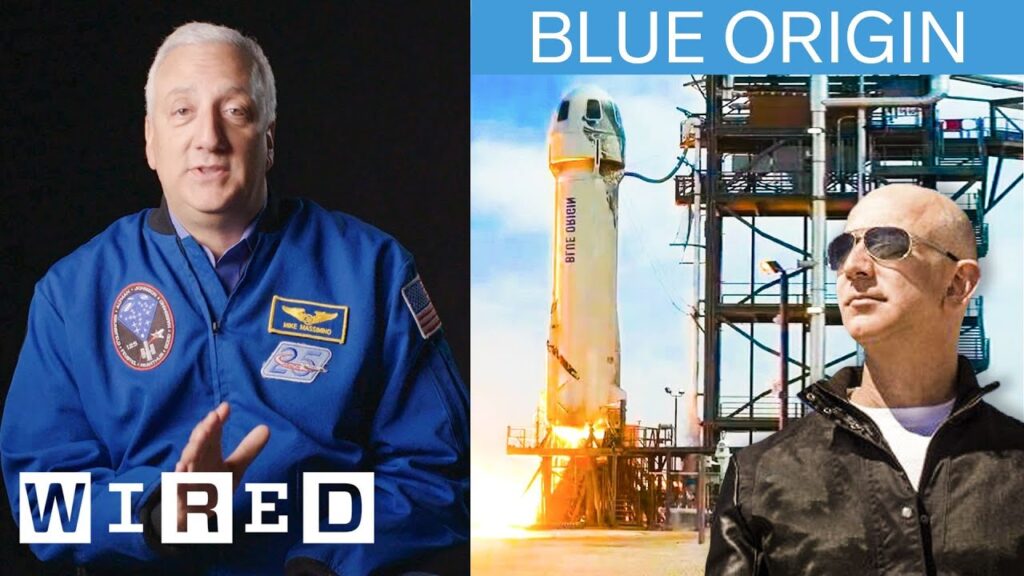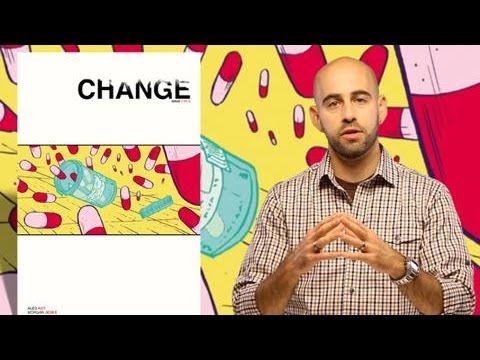Rebuilding Martians and Sequencing Genomes: Advancements in Vaccine Production
Summary
In this article, we discuss the possibility of rebuilding Martians in a P4 space suit lab by synthesizing their genome and injecting it into a universal recipient cell. We also talk about the use of a self-sorting device for sequencing single-cell genomes and the advantages and disadvantages of having one’s genome publicly available on the internet. Additionally, we cover the advancements in vaccine production, which can now be done digitally and quickly, and the potential impact of digital information on the practice of medicine.
Table of Contents
- Rebuilding Martians and Sequencing Genomes
- Advancements in Vaccine Production
- The Impact of Digital Information on Medicine
Rebuilding Martians and Sequencing Genomes
The possibility of rebuilding Martians in a P4 space suit lab by synthesizing their genome and injecting it into a universal recipient cell is a topic of discussion in this article. The goal is to create a cell-free system where all the components are present to spontaneously form life. We also mention the use of a self-sorting device for sequencing single-cell genomes, which can be used to separate haploid genomes and understand gene changes inherited from parents. However, there are concerns about the advantages and disadvantages of having one’s genome publicly available on the internet.
Advancements in Vaccine Production
The speaker discusses the use of a device that separates cells, which is mostly used for stem cells. Stem cell therapy requires sequencing the genome and correcting defects before putting them back into the body. The speaker is also interested in using this device to sequence DNA from Martian soil samples. The device takes four bottles of chemicals to write the genetic code, and robots assemble the DNA to make a chromosome. This process can create proteins, viruses, or even self-replicating bacterial cells. The speaker suggests that in the future, this device could be small, cheap, and easy to use, allowing for quick vaccine production.
The advancements in vaccine production allow for the quick and digital creation of vaccines. The process involves digitally designing the vaccine and then converting it into a physical product using a converter. With the help of a multi-billion dollar plant, vaccines can be produced and distributed globally. The article also talks about the development of an algorithm to predict genetic changes and the creation of synthetic components of every virus that has been sequenced. This allows for the quick assembly of new vaccines as they appear. The article mentions the possibility of receiving encrypted emails from doctors to generate new vaccines and the use of inhaled or injectable versions. However, there are concerns about the reliability of information on the internet and the risk of fake drugs being sold.
The Impact of Digital Information on Medicine
The article concludes by discussing the potential impact of digital information on the practice of medicine. The advancements in vaccine production and the use of digital information have made it possible to quickly create vaccines and distribute them globally. However, there are concerns about the reliability of information on the internet and the risk of fake drugs being sold. It is important to have good antiviral software to protect against these risks. The speaker is working with BARDA and the US government to develop reliable antiviral software. In the future, the impact of digital information on medicine is expected to continue to grow, with the potential for new advancements in the field.
Conclusion
The possibility of rebuilding Martians and sequencing genomes, along with the advancements in vaccine production and the impact of digital information on medicine, are all exciting topics of discussion. As technology continues to advance, we can expect to see even more developments in these areas. However, it is important to consider the potential risks and challenges that come with these advancements, and to work towards finding solutions to address them.







